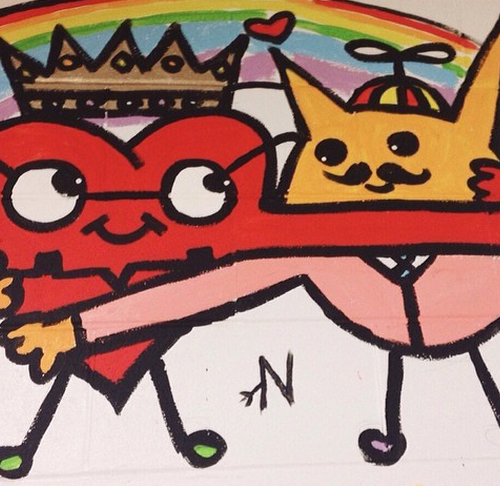Fourth graders have been very busy in regular art, learning how to create a realistic looking still life drawing. They learned how to show space or depth in their work by overlapping objects and how to draw cylinders 3-dimensionally. To understand these concepts, students utilized our class iPads and the app Explain Everything to photograph still lifes they set up, and draw on the photographs. This helped them see how to draw what they were seeing. Finally students practiced observation drawings in pencil, and moved onto their final, which was colored with oil pastels.
Check out the in progress photographs below, and be sure to visit Conant to check out some of the work on display in the front lobby. OR visit our online gallery on Artsonia to see all the work.



In extra art, which ended this past week, students in room 19 worked on a weaving unit that combined science and art. The work was inspired by the artist Nathalie Miebach who creates sculptural basket weavings that are determined by a collection of scientific data, typically weather data. Students learned and studied her work, and then set out to use a data set of their choosing to create a pouch weaving. The most popular data set was the temperature of a particular location for a month or so. Students were able to use weather underground to research data as far back as 2005, in a number of locations all around the world.
Be sure to check out the in progress photos below, and visit our online gallery on Artsonia to see the finished pouches, and to read the artist statements explaining what data they used.
We also have big things coming with units that student teacher Miss LeBold has developed for these last few weeks before the winter break. Be sure to check the ConantArt instagram feed for more frequent updates!

















































































